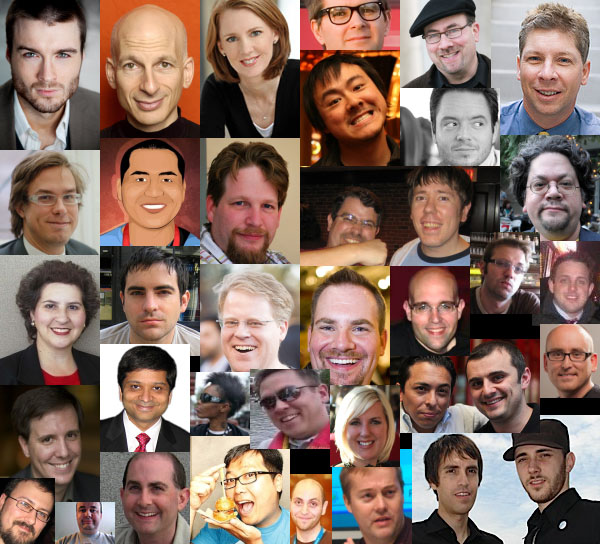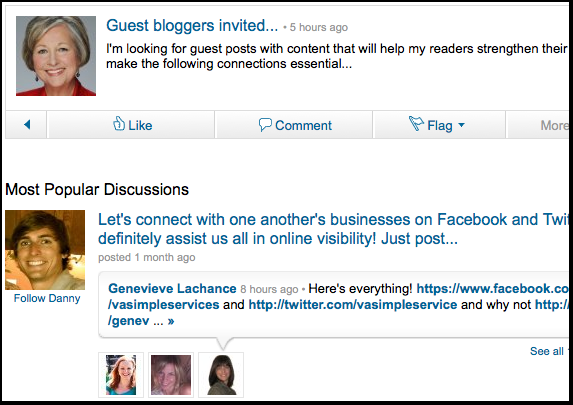![]() I was well before my time when I began using AIM (according to Gaim, I’ve been a member since June 25, 1997). It eventually caught on as more and more people realized the value of “instant” communications online, but there’s a line that was drawn and not many people above a certain age group were really into it as much as I was.
I was well before my time when I began using AIM (according to Gaim, I’ve been a member since June 25, 1997). It eventually caught on as more and more people realized the value of “instant” communications online, but there’s a line that was drawn and not many people above a certain age group were really into it as much as I was.
I happen to find myself frequently surrounded by a select few individuals who consider IM a distraction. For me, while not as much a high priority as it was previously, IM is not a distraction — it is a necessity for communication. Similarly, I find that determining one’s status (whether they’re available or away) is also pretty important, and I put emphasis on reading “away messages” if the situation warrants it.
Interestingly, as I look at the 66 people who are online right now on my buddy list, the average age of these users (and I’m shocked that I know this) is 24.64. Of those, 23 have away messages, and the average age of these 23 individuals is 22.618.
As I read through the blogosphere about a relatively new “status messaging” phenomenon, I can’t help but wonder how similar it is to an away message (or even a conversation) on AIM, or more recently, a “status” message on Facebook.
I’m following some of the major blog celebrities who seem to use the service pretty frequently. Jeremy Zawodny announced that he began using Twitter in December. He’s 32. Thirty-six year old Jason Calacanis is another recent signup on Twitter. Robert Scoble took Twitter by storm last week when he added over 700 followers. He’s 42. He also urged people to befriend 34-year-old Chris Pirillo yesterday (P.S. I did). Steve Rubel is another known user of Twitter.
What do these guys have in common?
Well, their average age isn’t 22.6.
Perhaps this is the nature of a relatively new startup, where popularity simply comes from word of mouth from a development team that has contacts to such influential individuals. As such, the folks who use it at first are development types, or a “tech savvy” crowd, who may know the Twitter developers personally. And consequently, Twitter isn’t a mainstream social networking tool despite its potential. After all, while it’s extremely fun to use to talk to folks you actually know or admire, it’s hard for a newcomer out of the tech-savvy demographic to really feel part of the community (at least at this time). Further, it fills a void that was missing for the “older” online users, but not so much young online users who are pretty much doing the same thing through the aforementioned applications: AIM and Facebook, among others.
I think the blog post at Gizbuzz puts it nicely:
Expect Twitter to carry on growing. Twitter will never reach beyond the tech crowd. I tried to explain what it was and why it was addictive to a non-techy friend only yesterday, to be met only by scorn. However, the “early adopter” market will continue to grow, and so Twitter stands every chance of remaining healthy (at least in terms of user numbers) in the coming years.
I happen to agree, but I would also emphasize that its popularity now very much lies in the fact that Twitter is a network that has attracted a mature online community. It’s not quite a Cranky, but it comes in between the more popular programs for the younger online users and the services that attract the older folks.





Interesting theory – I might have to check twitter out, now!
Personally, I don’t like the instant, interruptive nature of IM.
I am currently using AIM on my cell phone and Have been using I want Sandy. I was informed that through Twitter that I can contact Sandy through Twitter. I have attemted to set this up to no success. Can someone show me how this is done? Thanks
this is exactly right. that’s the first thing i noticed about twitter. “a glorified AIM away message archive scrobbler”. People always used their away messages to add one liners, witty comments, random quotes, etc. blog popularity degenerated into twitter, and the cycle is just repeating.